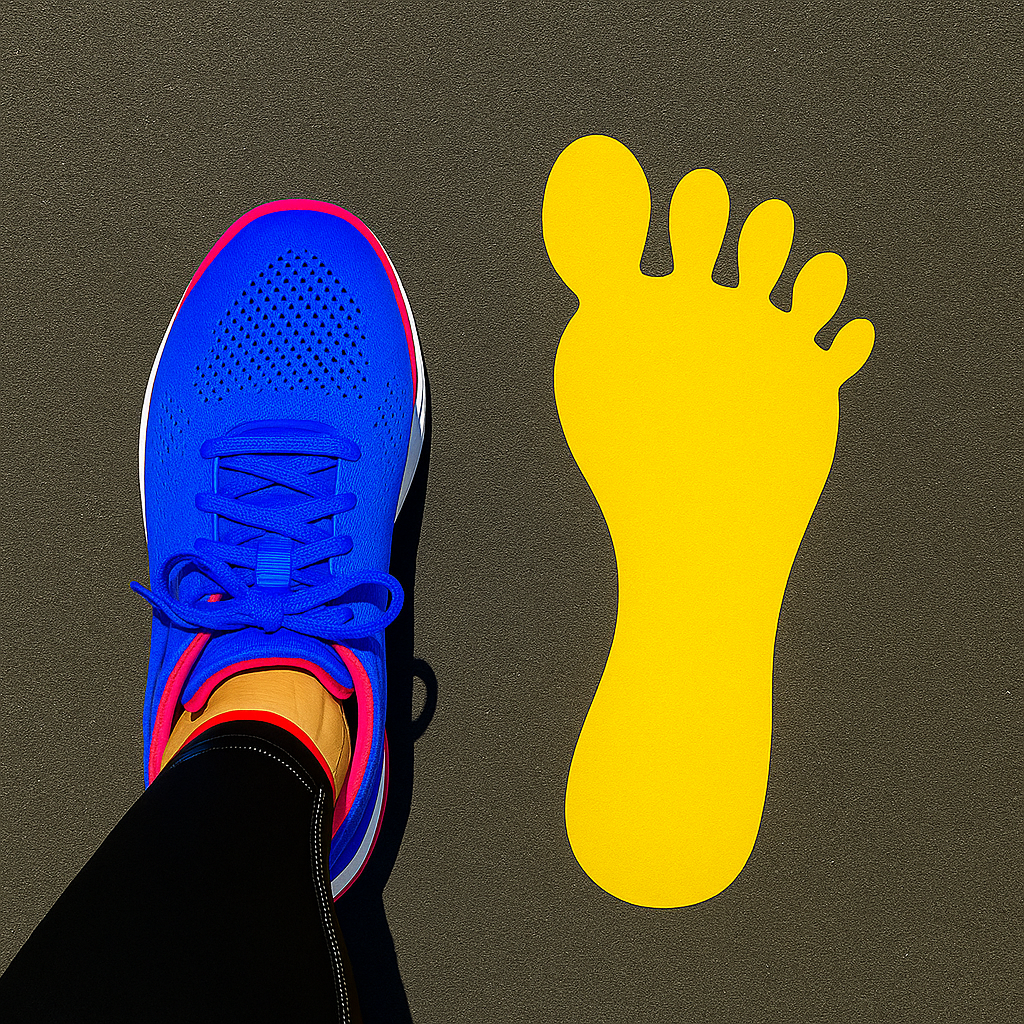How Many Average Steps Per Day Do People Take
Age| Gender | Occupation | Country | Guidelines
As wearable fitness trackers become a part of daily life, more Americans are tuning into how many steps they take each day. But what’s the average? And is 10,000 steps just a myth or a goal worth chasing?
Let’s explore the data, broken down by age, gender, occupation, and even country.
1. What Is the Average Steps Per Day
According to research published in the International Journal of Behavioral Nutrition and Physical Activity:
| Country | Avg Steps Per Day |
|---|---|
| U.S. | 4,774 steps |
| Australia | 9,695 steps |
| Switzerland | 9,650 steps |
| Japan | 7,168 steps |
| UK | 5,444 steps |
Surprisingly, the U.S. ranks among the lowest when it comes to average daily steps.
2. Steps by Age
Your age plays a big role in your activity level
| Age Group | Avg Steps Per Day |
|---|---|
| Kids (6–17) | 10,000 to 16,000 |
| Adults (18–39) | 7,000 to 8,500 |
| Adults (40–59) | 6,000 to 7,500 |
| Seniors (60+) | 4,000 to 6,000 |
As we age, step counts naturally decline. But even 4,000 to 6,000 steps per day can offer heart and joint benefits for older adults.

3. Steps by Gender
Most studies show men tend to take more steps than women, but the gap is narrowing as more women engage in step-based fitness challenges.
Average U.S. steps per day:
- Men: approximately 5,340 steps
- Women: approximately 4,912 steps
4. Steps by Occupation
Not all jobs are created equal when it comes to movement
| Occupation | Avg Steps Per Day |
|---|---|
| Nurse | 12,000 to 16,000 |
| Construction | 10,000 to 14,000 |
| Teacher | 7,000 to 9,000 |
| Retail | 8,000 to 10,000 |
| Desk Job | 3,000 to 5,000 |
If you work at a desk, you may need to make a conscious effort to walk more during breaks or after hours.

5. Steps by Country
Cultural and transportation habits affect movement. Countries with more walkable cities, like Switzerland and Japan, naturally have higher daily step averages.
U.S. car culture and suburban layouts reduce opportunities for incidental walking.
6. Official Guidelines
According to the CDC and World Health Organization:
- Adults should aim for 150 minutes of moderate activity per week
- This roughly translates to 7,000 to 8,000 steps per day
You don’t need 10,000 steps to be healthy. However, it is a good goal for better heart and metabolic health.
7. Simple Ways to Increase Step Count
- Park farther from entrances
- Use stairs instead of elevators
- Take 10-minute walks after meals
- Walk during phone calls
- Try a walking pad under your desk
Conclusion
Whether you’re taking 4,000 or 14,000 steps a day, the key is consistency. Even if you’re not reaching the 10,000 mark, regular movement adds up. Start where you are and increase gradually. Every step matters.
FAQs About Average Steps Per Day
How many steps a day is considered an active person?
An active person typically walks 10,000 steps or more per day. According to fitness guidelines, individuals who take:
- 5,000–7,499 steps/day are considered low active,
- 7,500–9,999 steps/day are somewhat active, and
- 10,000+ steps/day are considered active to highly active.
This level of activity supports heart health, weight management, and overall fitness.
How many steps do most people take in a day?
Most adults in the U.S. average around 3,000 to 7,000 steps per day, depending on age, occupation, and lifestyle. Sedentary people, like desk workers, usually fall on the lower end of this range. This is unless they make an effort to walk or exercise.
How many steps should a normal person take a day?
A healthy goal for the average adult is at least 7,000 to 10,000 steps per day.
This range supports:
- Cardiovascular health
- Weight maintenance
- Improved mood and energy
While 10,000 steps is a widely recommended benchmark, even reaching 7,000 steps daily can offer significant health benefits.
Is 20,000 steps a day too many?
20,000 steps per day is not inherently too many if your body can handle it.
- For trained individuals or those with active jobs, it can be normal.
- For beginners or those with health conditions, this may be excessive and increase the risk of fatigue or joint strain.
Always listen to your body and increase step count gradually.
How many steps is 1 km?
On average, 1 kilometer equals about 1,300 to 1,500 steps for most adults. The exact number varies based on stride length, which depends on a person’s height and walking style.
- Shorter stride (e.g., 0.65 m) → ~1,500 steps/km
- Longer stride (e.g., 0.76 m) → ~1,300 steps/km
This estimate is helpful when converting walking distances into daily step goals.
Is 30,000 steps a lot?
Yes, 30,000 steps a day is considered a lot. It equals roughly 13 to 15 miles (21–24 km), depending on your stride. This level of activity can improve endurance, burn calories, and help heart health. However, it may also strain your joints and muscles, especially if you are not used to moving this much.
Tip: If you’re aiming for 30k steps daily, be sure to:
- Wear proper footwear
- Stay hydrated
- Build up gradually
- Allow time for rest and recovery
For most people, 7,000 to 10,000 steps/day is sufficient for general health.
What is the average steps per day?
The average steps per day for adults in the U.S. ranges from 3,000 to 7,000 steps, depending on factors like age, occupation, and lifestyle.
- Sedentary individuals may average closer to 3,000–4,000 steps
- Moderately active people often reach 5,000–7,000 steps
- Highly active individuals may exceed 10,000 steps daily
Increasing your step count even slightly can significantly improve your heart health, mood, and energy levels.







